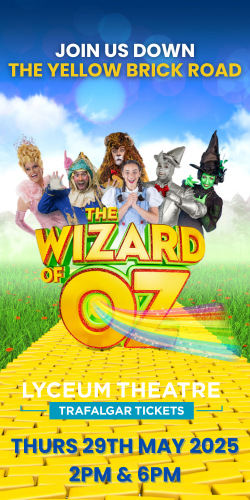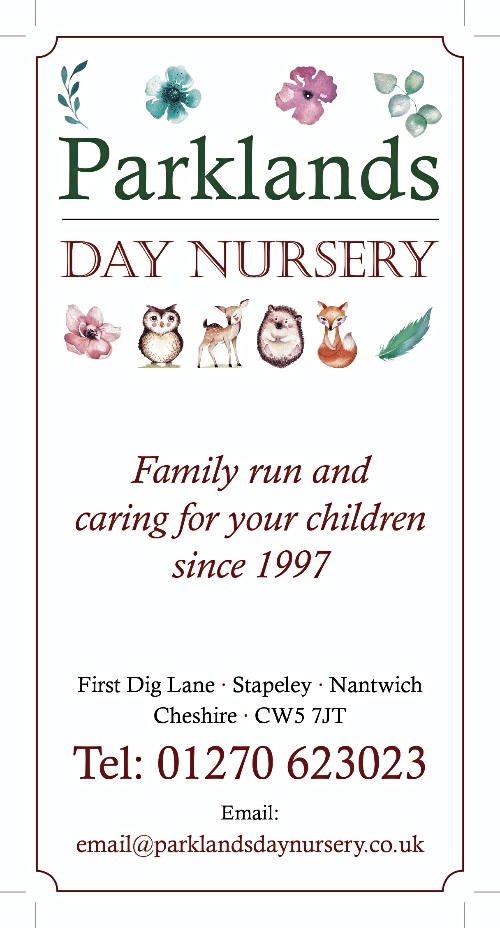
The internet is an undeniable cornerstone of modern life.
Everything from our communication and entertainment to our education and commerce harnesses it in at least some form.
Basically, the internet is never far away from just about, well, anything.
Yet, how we use this digital landscape differs quite a bit, depending on our age.
Let’s take a look at which age groups dominate various corners of the web.
Across the globe, the age group most comfortable with online shopping is Gen Z (born between 1997 and 2012).
Statistics from OptinMonster reveal a staggering 95% of Gen Z have smartphones and spend significant time on them daily.
E-commerce platform GWP Group highlights a purchase rate of 96% for online shopping among 16-24 year olds.
This tech-savvy generation embraces the convenience and variety offered by online retailers.
They’re comfortable researching products virtually, comparing prices, and making purchases with a few clicks.
The convenience and anonymity offered by online gambling have led to its expanding popularity.
And, there are a lot of different types of people who enjoy betting.
But, the latest research suggests young adults, or more specifically, those aged between 18-24 are the most likely demographic to engage in gambling on the net.
This is largely thought to be due to factors like increased impulsivity, a desire for social connection and the wealth of benefits that come from online play.
These rankings from expert in iGaming, Kane Pepi, show that some of the most popular online casinos are those that prioritise privacy, have a host of gaming options and offer fast payouts.
However, according to a 2022 study by the Entertainment Software Association, over half of all gamblers (not merely those involved in online gambling) are over 35, showing that elderly Millenials and beyond often prefer to place their bets the old-fashioned way, aka, in a brick-and-mortar casino establishment.
The online gaming industry is a multi-billion dollar marketplace which is responsible for attracting players of all ages.
Newzoo, a gaming analytics firm, estimates that there are over 3 billion active gamers globally.
Interestingly, casual gaming is most popular amongst older demographics.
A 2022 study by the Entertainment Software Association revealed that 54% of gamers are over 35, and often play puzzle, strategy, or social casino games.
On the other hand, competitive online gaming flourishes among younger generations.
Gen Z and Millennials dominate esports viewership and participation.
It’s thought that the big draw for them, in particular, is the fast-paced action and strategic complexity, alongside the online gaming communities that help to establish camaraderie and digital friendships.
But, it’s social media that reigns supreme when it comes to online engagement.
Studies by the Pew Research Center reveal that a staggering 84% of 18-29 year olds use social media platforms.
This number dips slightly to 77% for 30-49 year olds, but then holds steady at around 73% for those aged 50-64.
Interestingly, social media use surges again for the 65+ age group, with 61% actively participating.
Facebook remains the king of social media for older demographics, while platforms like Instagram, Snapchat, and TikTok are favoured amongst younger people.
When it comes to creating content on platforms like YouTube and TikTok, younger generations take centre stage.
Statistics paint a clear picture: a 2024 report by Sprouts Social reveals that over half (50.6%) of all YouTube users belong to Gen Z and Millennials.
This translates to a massive user base comfortable expressing themselves through video.
Similarly, TikTok boasts a predominantly young audience, with the largest demographic being 18-24 year olds, accounting for 37.3% according to Khoros, a social media management platform.
This age group thrives on the platform’s short-form, trend-driven content, making them natural creators.
And lastly, it’s those Millennials and Gen Z who are also dominating the dating app scene.
According to the Pew Research Center, 79% of online daters aged 18-29 have used Tinder, Bumble, or Hinge, compared to a mere 17% of those 50-64.
This dominance is likely due to several factors. Growing up with technology, these generations are comfortable with online interactions and swiping interfaces, and less comfortable with meeting potential love interests the old-fashioned way.
(Image licence free by Unsplash)


















Recent Comments